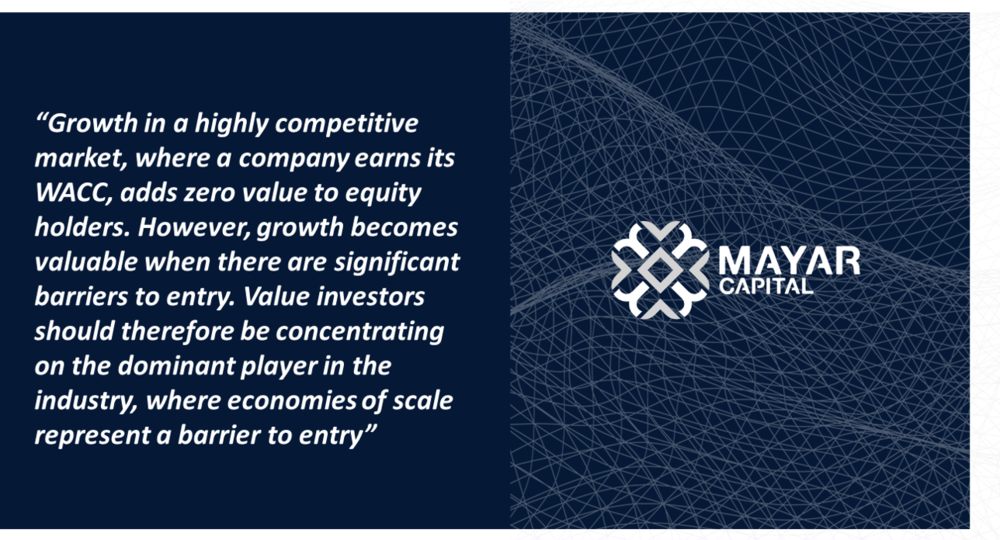Value: The style that has been out of fashion...time for a revival?
Style, we are told, never goes out of fashion. But for some things, their moment in the sun has passed and despite periodic attempts to revive their fortunes, seem forever destined to be the subjects of nostalgia.
Seemingly, every year since their last heyday in the 1980s has been heralded as the return of the double-breasted suits. Publications that purport know about these things regularly make this claim and a quick Google search returns any number of declarations of their imminent return dating back at least a decade. We can also find similar articles about vinyl records. Despite rumours of the return to vinyl, it is the new technology of streaming platforms that continue to grow at the expense of the physical medium.
Yet some trends make a triumphant return. The return of the Fiat 500 has been a success for the Turin-based manufacturer, as it evoked the style that was popular in the city car’s zenith of popularity on the 1960s.
If my initial conversations with clients and consultants in 2021 are indicative of the next 12 months then it is Value Investing that is predicted to make a comeback after a decade of slipping out of favour.
So which will it be? The Fiat500 style triumphant return to popularity? Or sliding down the charts as the sole preserve of a few hardcore enthusiasts?
Professor Bruce Greenwald may have the answer. Dedicated followers of value investing will know of Professor Greenwald’s 2001 book, Value Investing: From Graham to Buffett and Beyond. The 2020 update to that book has seen the Professor Emeritus of Finance and Asset Management at Columbia Business School address the question of what will be the drivers of the return of value investing as a style that can consistently deliver alpha.
Even though the basic principles of value investing remain – Looking for opportunities where no-one else is, understanding the intrinsic value of the business and remaining disciplined – the fundamental changes in the nature of the economy mean that these fundamental tenets will have to be applied differently.
As Greenwald makes clear “The two dominant trends in the global economy are the death of big centralised manufacturing bases making way for the rise of dispersed service based businesses and the impact of tech disaggregating the economy.
IBM is a great example of a company that used to do everything. Hardware, software, databases and servers and operating systems etc. Now, those market segments tend to be dominated by specialist firms. Microsoft dominates OS, Google dominates search”
This has implications for competitive positioning. Businesses which are viable at 1% of market share may have a hard time maintaining their competitive advantage. Instead, one must look for market leaders with barriers to entry driven by economies of scale. Businesses which are able to generate value through capital allocation discipline.
Greenwald is preaching to the Mayar choir when he says that one of the key determinants of success is being able to value growth in the correct context. Growth in a highly competitive market, where a company earns its WACC, adds zero value to equity holders. However, growth becomes valuable when there are significant barriers to entry. Value investors should therefore be concentrating on the dominant player in the industry, where economies of scale represent a barrier to entry.
If that sounds familiar to readers who have been following Mayar for a while then that should not be surprising. To the investment team at Mayar, that reflects the investment strategy, one our pillars of success.
While the tacit endorsement of a renowned academic is always pleasing, the question then turns to allocators looking for ‘value’ investors. For not only have those investing on a ‘value’ basis have to adapt to the new economy, so do those allocators need to adapt the way in which they identify those managers. If the old definitions and metrics are applied, the capital that finds its way to old beaten-up industrial companies hoping for a revival is likely to face the same disappointment as allocators of the last ten years. Mayar also places importance on the ability to value intangibles.
And that’s the answer to why some revivals fall flat and some flourish. The ones that flourish take the fundamentals that have always worked and then modified other factors to reflect the conditions that exist. This works in contrast to bringing back something from the past and hoping it works out of its time.
We believe that Mayar’s approach demonstrates that value investing has never gone out of style.


